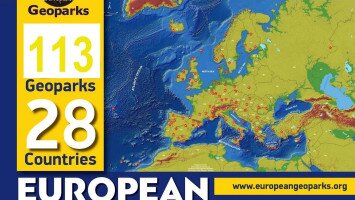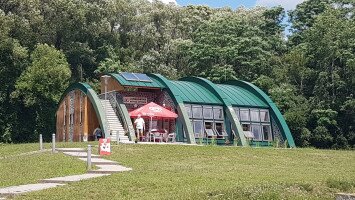
Krétabánya Valley
Kérjük görgess
- Index
- Látnivalók
- Krétabánya Valley
Origin: Miocene, Carpathian-Badenian.
Geomorphological features: The Kretabánya valley, located on the southwestern border of the village of Litke, is surrounded by vegetation. In the first half of the 20th century, white, fine-grained diatomaceous earth was also cultivated by deep cultivation. The former mine has already collapsed. Near the mine lies freshwater limestone and marshy clay, characterized by the mass occurrence of Lymnaea and Planorbis. Csepreghyné described the new subspecies Lymnaea pachygaster nogradensis from here. The excavations started by János Hir in 2005 revealed the remains of 9 amphibians and reptiles, as well as 6 small mammals, on the basis of which the marshland is considered to be Lower Badenian. The significance of the site is that it is the first rich small vertebrate site from Lower Baden in Hungary.
RELATED














